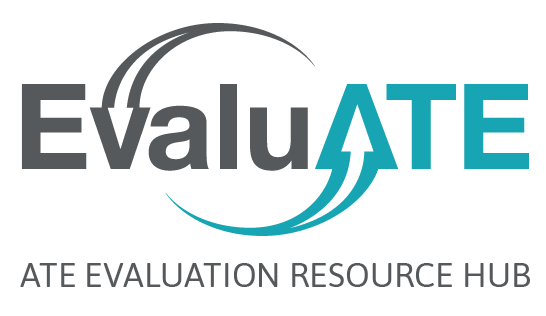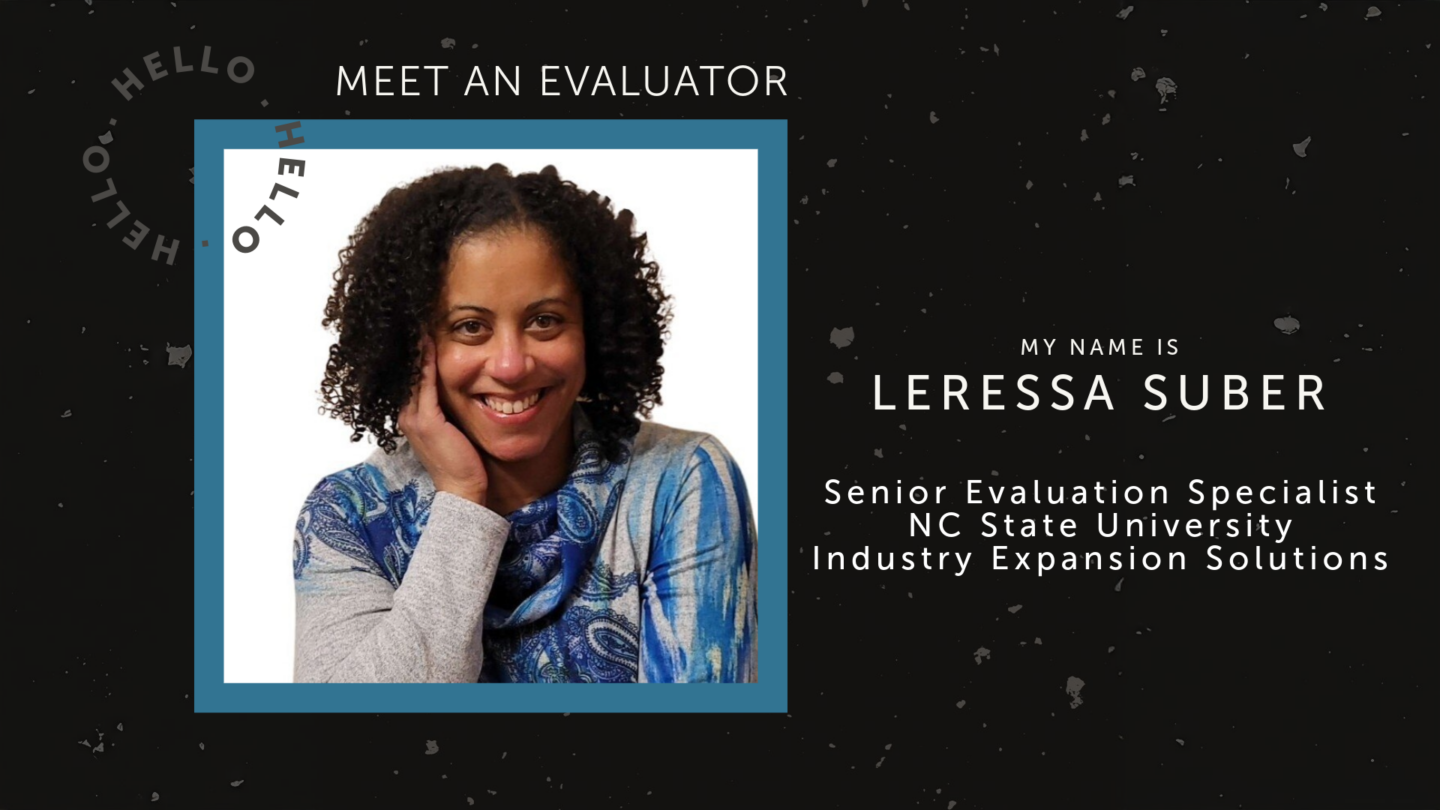But little Mouse, you are not alone,
In proving foresight may be vain:
The best laid schemes of mice and men
Go often askew,
And leave us nothing but grief and pain,
For promised joy!
From To a Mouse, by Robert Burns (1785), modern English version
Research and evaluation textbooks are filled with elegant designs for studies that will illuminate our understanding of social phenomena and programs. But as any evaluator will tell you, the real world is fraught with all manner of hazards and imperfect conditions that wreak havoc on design, bringing grief and pain, rather than the promised joy of a well-executed evaluation.
Probably the biggest hindrance to executing planned designs is that evaluation is just not the most important thing to most people. (GASP!) They are reluctant to give two minutes for a short survey, let alone an hour for a focus group. Your email imploring them to participate in your data collection effort is one of hundreds of requests for their time and attention that they are bombarded with daily.
So, do all the things the textbooks tell you to do. Take the time to develop a sound evaluation design and do your best to follow it. Establish expectations early with project participants and other stakeholders about the importance of their cooperation. Use known best practices to enhance participation and response rates.
In addition: Be a data scavenger. Here are two ways to get data for an evaluation that do not require hunting down project participants and convincing them to give you information.
1. Document what the project is doing.
I have seen a lot of evaluation reports in which evaluators painstakingly recount a project’s activities as a tedious story rather than straightforward account. This task typically requires the evaluator to ask many questions of project staff, pore through documents, and track down materials. It is much more efficient for project staff to keep a record of their own activities. For example, see EvaluATE’s Vita. It is a no-nonsense record of our funding, activities, dissemination, scholarship, personnel, and contributors. In and of itself, our resume does most of the work of the accountability aspect of our evaluation (i.e., Did we do what we promised?). In addition, the resume can be used to address questions like these:
- Is the project advancing knowledge, as evidenced by peer-reviewed publications and presentations?
- Is the project’s productivity adequate in relation to its resources (funding and personnel)?
- To what extent is the project leveraging the expertise of the ATE community?
2. Track participation.
If your project holds large events, use a sign-in sheet to get attendance numbers. If you hold webinars, you almost certainly have records with information about registrants and attendees. If you hold smaller events, pass around a sign-in sheet asking for basic information like name, institution, email address, and job title (or major if it’s a student group). If the project has developed a course, get enrollment information from the registrar. Most importantly: Don’t put these records in a drawer. Compile them in a spreadsheet and analyze the heck out of them. Here are example data points that we glean from EvaluATE’s participation records:
- Number of attendees
- Number of attendees from various types of organizations (such as two- and four-year colleges, nonprofits, government agencies, and international organizations)
- Number and percentage of attendees who return for subsequent events
- Geographic distribution of attendees
Project documentation and participation data will be most helpful for process evaluation and accountability. You will still need cooperation from participants for outcome evaluation—and you should engage them early to garner their interest and support for evaluation efforts. Still, you may be surprised by how much valuable information you can get from these two sources—documentation of activities and participation records—with minimal effort.
Get creative about other data you can scavenge, such as institutional data that colleges already collect; website data, such as Google Analytics; and citation analytics for published articles.

Except where noted, all content on this website is licensed under a Creative Commons Attribution-NonCommercial-ShareAlike 4.0 International License.





 EvaluATE is supported by the National Science Foundation under grant number 2332143. Any opinions, findings, and conclusions or recommendations expressed on this site are those of the authors and do not necessarily reflect the views of the National Science Foundation.
EvaluATE is supported by the National Science Foundation under grant number 2332143. Any opinions, findings, and conclusions or recommendations expressed on this site are those of the authors and do not necessarily reflect the views of the National Science Foundation.